In Hong Kong, people spend an average of 7 hours and 15 minutes on the Internet daily, according to the Digital 2021 report released by Datareportal. In the decade leading up to 2021, mobile use grew a boggling 460% from 45 minutes to 4 hours and 12 minutes a day. This growth in mobile use brings with it a host of detrimental side effects, when we use our smartphones excessively and/or with bad habits over a long period of time. Here, we’ll introduce the main physical side effects of excessive mobile phone use, and discuss how to prevent or counteract these emerging health conditions.
Text neck

Text neck is defined as a forward head posture and rounded shoulders caused by looking down or craning your neck forward to look at a phone or computer. It can also look like a visible bump on the back of the neck.
Humans experience more spinal diseases than other primates, and one of the widely discussed explanations for this is the stress placed on the spine by walking on two legs. Add to this improper head posture of many people when using our phones, where for every 2.5 cm forward the head goes, there’s an extra 4.5 kg of additional weight for your spine to work to support – and it’s unsurprising that the rounded shoulders, and associated neck and upper back pain of text neck, is ailing many.
To counteract or improve text neck, try the following:
- Hold your phone at a higher angle that allows your head to be in a neutral position over your spine;
- Do regular neck/spine stretching and strengthening exercises. One example of an exercise to counteract text neck is to hold your hands behind your back and bring your hands towards the ground, opening your chest out for 15-20 seconds.
Ringxiety
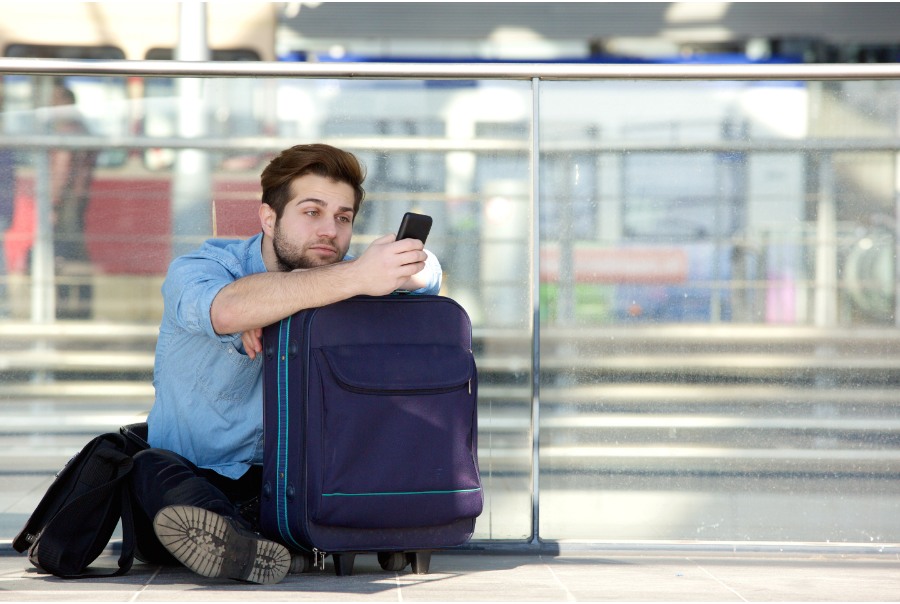
The term ‘ringxiety’, coined by psychologist David Laramie, is the mistaken belief that your phone has rung when it hasn’t. It’s also called phantom ringing or phantom vibration syndrome, or ‘fauxcellarm’.
Phantom limb syndrome, when someone experiences pain or sensation in a missing limb, is attributed to a misinterpretation of sensory input, and researchers believe something similar happens with ringxiety. Ringxiety has been connected to a state of ‘hyperarousal’, for example when you’re anticipating a call or message. There is also the potential of a subsequent feeling of disappointment at not having received a message or call, which could heighten the hyperarousal.
Interestingly, a study conducted by a University of Michigan researcher found that people with the anxious attachment style (partners who feel unworthy of love and regularly seek out reassurance from partners, usually due to feelings of abandonment in childhood) experienced more phantom ringing than people with a secure attachment style.
To counteract or improve ringxiety, when you unplug, really unplug. Try starting with putting down your phone and not using it anymore after a certain time in the evening, keeping it away from your bed so it isn’t the last or first thing you do in your day.
Nomophobia
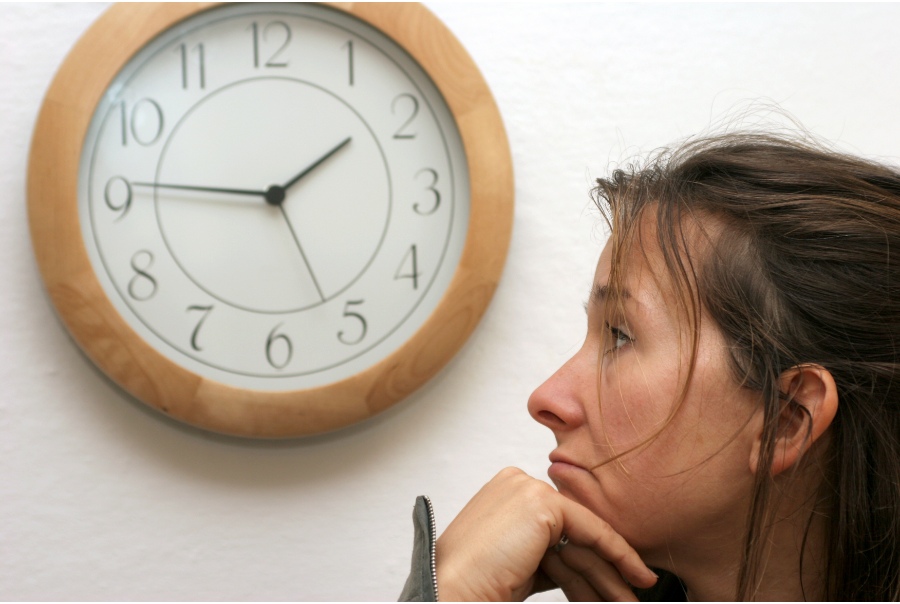
Nomophobia comes from the phase ‘no mobile phone phobia’. Alternatively called phone separation anxiety, it’s a fear of being without a phone or without mobile connection. Symptoms of nomophobia include:
- Agitation;
- Anxiety;
- Disorientation;
- Heightened heart rate.
Americans check their phones 96 times a day, or every 10 minutes, according to a 2019 survey. Besides the association with hits of dopamine and oxytocin from connecting with loved ones, mobile phones and apps are designed to be addictive.
From bright red notification badges, to infinite scroll, phones and social media platforms are tailored for you to draw you in and keep you there for as long as possible. When we’re disconnected from this source of addiction, it can be highly uncomfortable.
To counteract nomophobia, try the following:
- Set your phone on grayscale;
- Check notifications at set times rather than regularly throughout the day;
- Turn off infinite scroll and autoplay, or use apps with those features less frequently;
- There are apps like Channel or Flipd to help you set time limits or turn off features built to keep you on apps. These make your mobile use less ‘friction-less’, so that you can listen to your body’s or environment’s natural cues to take a phone break.
Smartphone wrinkles
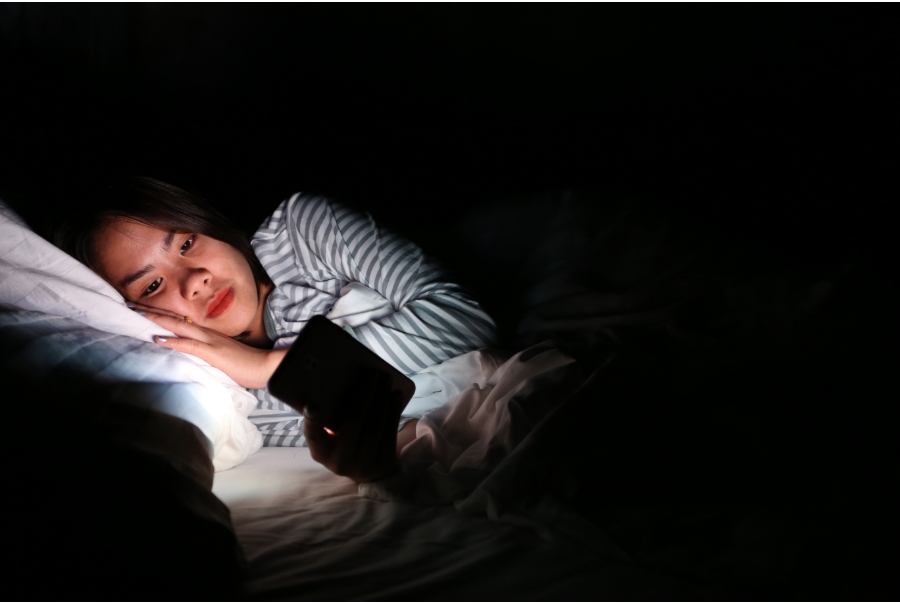
Smartphone wrinkles are purportedly caused by blue light emitted by LED screens on TVs, mobile phones, computers, tablets, and even LED lighting in our homes.
Research conducted by Oregon State University points to blue light having “detrimental effects on a wide range of cells in our body, from skin and fat cells, to sensory neurons”. The study found that molecules responsible for communication between neurons were reduced after blue light exposure, but hasn’t been directly linked to the formation of wrinkles. In short, the claim that the light emitted by our phones causes wrinkles requires more research.
However, it is well known that blue light messes with our circadian rhythms. Compared to yellow, orange, and red light, blue light is the culprit making it difficult to fall and stay asleep if phones are used in the hours before sleeping.
To improve or counteract the effects of light from your smartphone, try:
- Dimming your screen (to a point where you can still comfortably see without straining);
- Avoiding looking at your phone in the 2-3 hours before bed;
- Wearing blue-blocking glasses or install a blue light filter app to use at night;
- Wearing sunscreen when facing your devices for long durations (e.g. working from home), particularly sunscreens with iron oxide on the ingredient list, which protects against visible light.
Selfitis

The next potentially negative effect of mobile use is selfitis, the addictive or obsessive-compulsive taking of selfies. This is sometimes done for validation or to fill a gap in intimacy through likes and comments. This phrase became popular in 2014 when a hoax spread around that the American Psychiatric Association had labelled selfitis as a new mental disorder.
In an ensuing genuine study, factors underlying selfitis were identified:
- Environmental enhancement (enjoying the current environment, taking a photo to make a memory, self-express, keep ‘trophy’ of the moment);
- Social competition;
- Seeking attention;
- Mood modification;
- Self confidence;
- Social conformity.
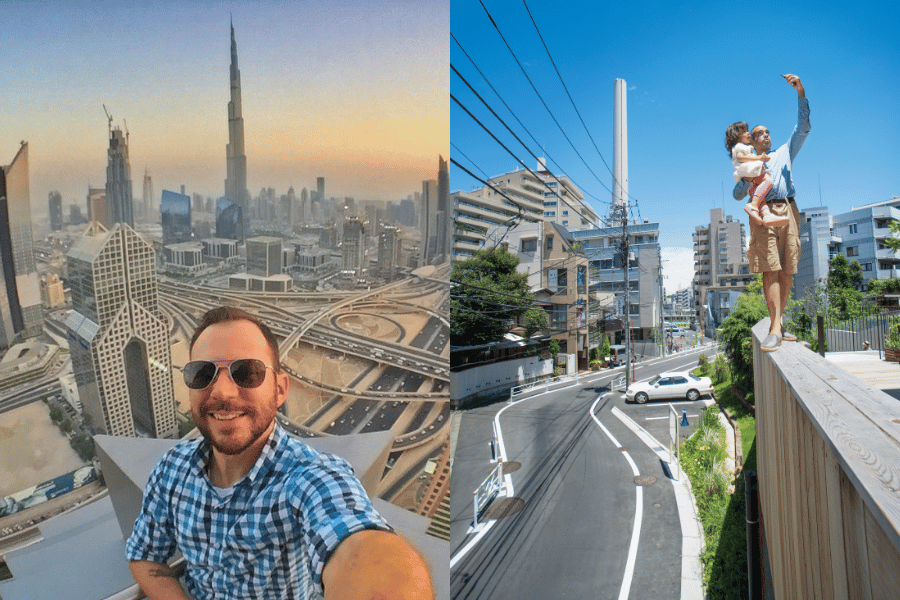
A related phenomenon is ‘killfie’, where people take selfies in extremely precarious, dangerous situations. This can lead to injury or even death in some situations, as in the case of Sofia Cheng, a Hong Kong influencer who senselessly died falling into a pool while taking a selfie at Pineapple Mountain in 2021.
Taking lots of selfies isn’t inherently harmful, but it could be helpful to examine if you’re using it to cover up an underlying issue.
Smartphone pinky
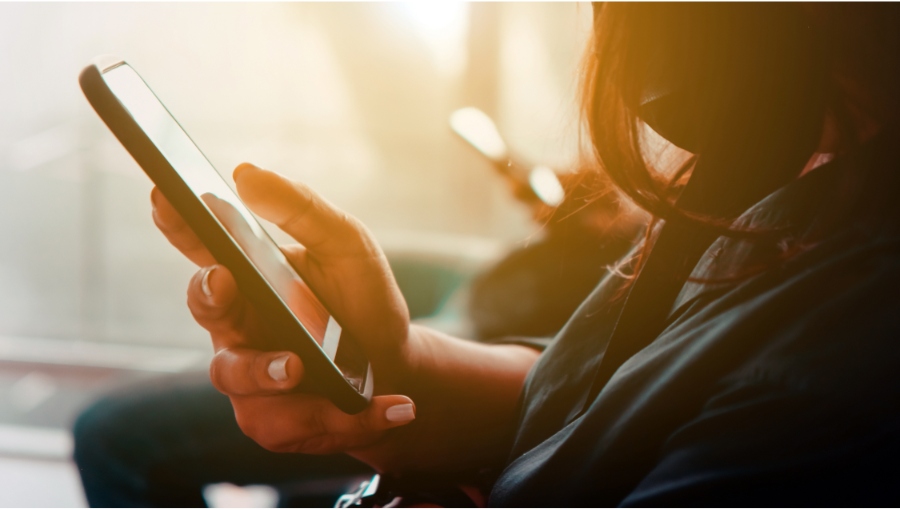
Finally, there are various hand pain conditions from holding a mobile phone. Smartphone pinky occurs due to the way some people hold a phone in one hand, where one pinky does most of the heavy lifting supporting the base of the smartphone. This can result in a ‘dent’ in the inner middle part of the pinky finger. A hand surgeon speaking to Business Insider said that this happens when there’s consistent pressure on the skin and fat beneath the skin, causing the fluid that partially forms them to compress, leaving an impression. However, the surgeon confirmed this condition is not permanent!
There are various other mobile use health conditions related to hand or arm pain:
- Texting thumb (soreness from texting);
- ‘Smartphone elbow’, or cubital tunnel syndrome;
- Trigger finger (finger cramping into one position);
- Sore wrist.
To improve smartphone pinky, try:
- Having breaks in between a couple hours of phone usage;
- Holding or using your phone with both hands.
Header image credits: Djole Rad via Canva




